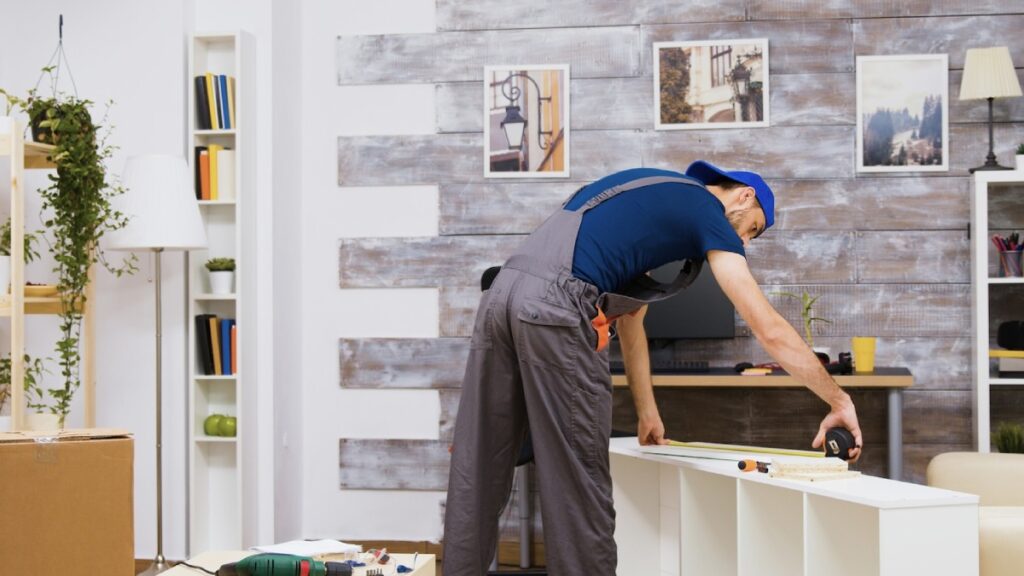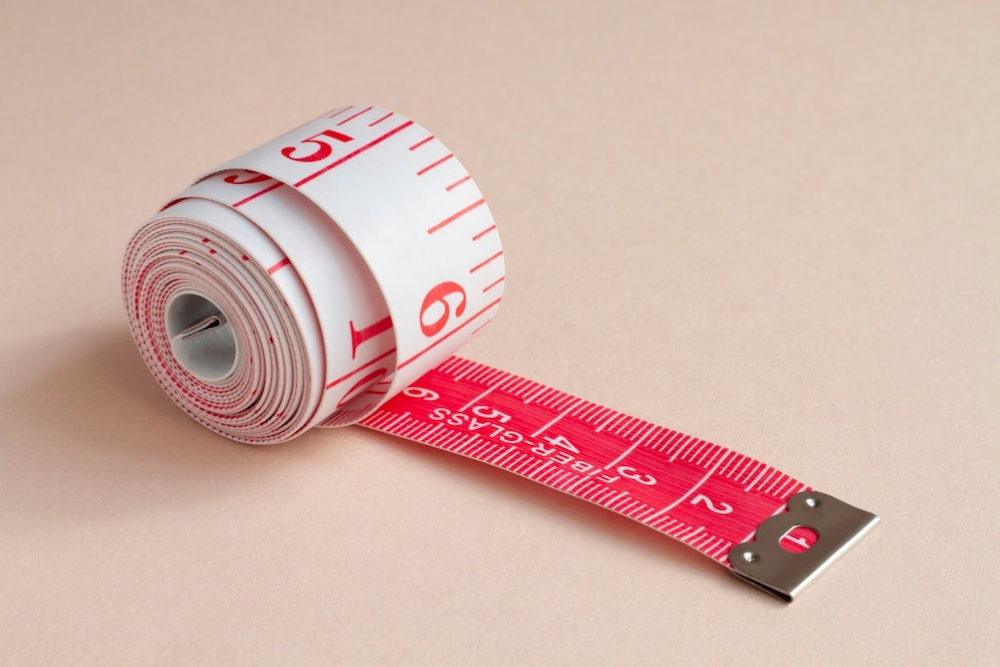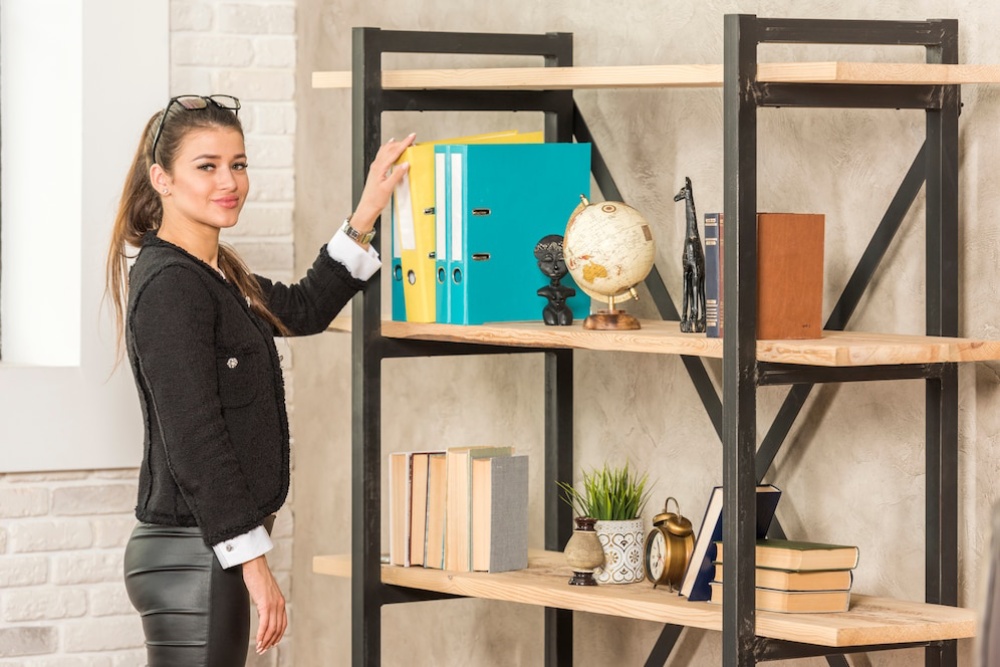The Interior Design Blog

Building Custom Shelving Units for Small Spaces
Just because you live in a small space doesn’t mean you have to give up storage. Creativity and a can-do attitude allow even the smallest nooks to become space-efficient areas. One great solution? DIY custom shelves. Built for your specific needs, these shelves offer function and charm to your home.
Whether you dwell in a cramped city apartment, packed student flat, or simply wish to use an unpopular corner, installing custom shelving units can capture your storage problems. This guide covers everything from design tips to installation advice, helping you create storage that fits and enhances your space.
Why Go Custom? The Benefits of DIY Shelving
Tailored to Fit
Custom shelving maximises space. Unlike store-bought options, DIY shelves can be designed to fit specific dimensions, perfect for awkward alcoves or sloped ceilings.
Budget-Friendly Solutions
Building your shelves is often affordable. With essential tools, some reclaimed wood, and a few fixings, you can create a stylish shelving unit for much less than retail prices.
Personal Style and Functionality
DIY shelves let you design storage that matches your decor and needs. Choose your finish, add hooks, or integrate lighting – the options are endless.
Planning Your Project: What to Consider First
Measure Twice, Cut Once

Accurate measurements are key.
Before starting, use a tape measure to:
- Determine the height, width, and depth of the space.
- Note any obstructions like skirting boards or light switches.
- Decide how many shelves you’ll need based on what you plan to store.
Choosing the Right Materials
Your choice of materials will depend on style, budget, and purpose.
Common options include:
- Plywood: Affordable and strong; easy to paint or stain.
- MDF: Smooth for painting but not for heavy loads.
- Solid wood: Durable and timeless, but pricier.
- Reclaimed wood: Eco-friendly and full of character, but may need sanding and sealing.
Tools You Might Need

- Tape measure
- Spirit level
- Saw (hand saw or circular saw)
- Drill and drill bits
- Screws and wall plugs
- Sandpaper or electric sander
- Paint or wood stain (optional)
Clever Design Ideas for Small Spaces
Floating Shelves
Floating shelves offer a modern look and are great for tight spots. They don’t need brackets, reducing visual clutter—perfect for minimalist interiors.
Top Tip: Use floating shelves above desks or doorways to maximise vertical space.
Corner Units
Corners are often wasted space. L-shaped or triangular shelves can turn these areas into functional storage features.
Vertical Stacking
When floor space is tight, go vertical. Install shelves to create a bookcase effect without taking up room.
Modular Cubes
Modular cube shelves are flexible and easy to rearrange. They are perfect for rentals, as they can be moved without damage.
Integrated Desks or Benches
Add a desk or seating to combine shelving with furniture. This dual-purpose design is perfect for work-from-home setups or small dining areas.
Building Your Custom Shelving Unit: Step-by-Step Overview
Instead of strict instructions, here are the best practices to follow during your build:
1. Plan and Sketch Your Design
- Use graph paper or online tools to visualise your layout.
- Consider shelf spacing based on what you’ll store (books, baskets, decor, etc.).
2. Prep Your Materials
- Sand all wooden surfaces to avoid splinters and get a smooth finish.
- Pre-drill holes to prevent the wood from splitting when inserting screws.
3. Anchor Securely
- Always locate wall studs for maximum support.
- Use appropriate wall plugs based on your wall type (brick, plasterboard, etc.).
4. Ensure Level Alignment
- Use a spirit level at every stage to keep shelves straight.
- Check for alignment both horizontally and vertically.
5. Finish with Flair
- Apply paint, stain, or sealant to protect your wood and match your decor.
- Consider adding LED strip lights for a modern touch.
Case Studies: Real-Life Inspiration
A Rented Flat in London
Sophie, a renter in Camden, transformed an unused alcove in her kitchen with floating reclaimed wood shelves. She created space for spices, mugs, and plants with minimal wall damage and a few cleverly placed brackets.
A Compact Bedroom in Manchester
Liam built floor-to-ceiling plywood shelves for books, records, and display items in his narrow bedroom. A light wood stain and integrated LED lighting added both function and style.
Sustainability in DIY Shelving
Custom shelving is not just about saving space; it can also be sustainable.
- Use reclaimed materials: Pallet wood, old doors, or surplus timber can be beautifully repurposed.
- Buy local: Support local timber merchants or salvage yards.
- Avoid waste: Measure carefully and plan cuts to minimise offcuts.
DIY shelving allows for design choices that reduce environmental impact and celebrate resourcefulness.
Troubleshooting Common Issues
My Shelves Are Sagging
- This often means the shelves are too long without enough support.
- Add middle brackets or use thicker wood.
My Brackets Aren’t Level
- Remove and reinstall using a more extended spirit level.
- Mark all drill holes with a template beforehand.
The Wall Plugs Won’t Hold
- You may be using the wrong type of plug for your wall.
- Try stronger expanding wall anchors or toggle bolts for hollow walls.
Addressing Common Doubts
Can I build shelves without drilling into the wall?
Yes! Freestanding units, tension poles, or adhesive strips (for lightweight items) are great no-drill options.
What’s the best wood for a rustic look?
Reclaimed or distressed solid wood like pine or oak adds a beautiful aged finish.
Are DIY shelves safe in a child’s room?
Yes, they’re securely anchored and at a safe height. Avoid sharp corners and ensure they can bear the expected load.
Maximise Your Space with Confidence

Shelving units offer limitless potential. They offer style and function, offering customised solutions to fulfil your needs and sensibilities. Building your shelves means using sustainable materials or getting creative with every inch if you’re short on floor space—a rewarding way to fill your space.
Whether you’re a DIY pro or have never picked up a glue gun, small-space storage doesn’t have to be out of your reach. So pick up your tools, roll up your sleeves, and start building shelves that work for you—and your home.
Ready to reclaim your space? Start your DIY shelving project today and enjoy a well-organised, beautifully designed home.









